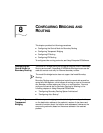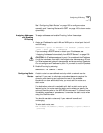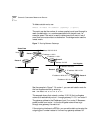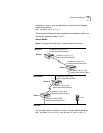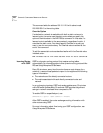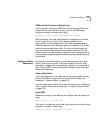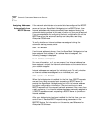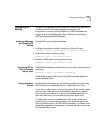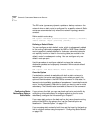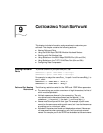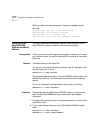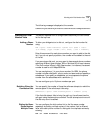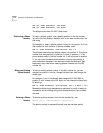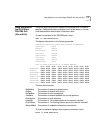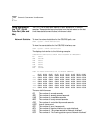
Configuring IPX Routing 109
Configuring IPX
Routing
This section includes procedures to enable IPX routing and to optimize IPX
for dial-up lines. For information about fine-tuning your IPX
configuration, including running IPXWAN on a PPP link between the
bridge/router and a NetWare Multi-Protocol Router, and configuring
NLSP, see Using Enterprise OS Software.
Assigning Addresses
and Enabling IPX
Routing
To enable IPX routing, follow these steps:
1 Configure the network number for each port routing IPX using:
SETDefault !<port> -IPX NETnumber = &<number>(0-FFFFFFFD)
2 Enable IPX routing for each port using:
SETDefault !<port> -IPX CONTrol = ROute
3 Enable the NLSP dynamic routing protocol using:
SETDefault !<port> -NLSP CONTrol = Enable
Optimizing IPX for
Dial-On-Demand
Dial-Up Lines
Disable WAN broadcasts to reduce traffic on your dial-on-demand dial-up
lines using:
SETDefault !<port> -IPX CONTrol = NoWanBcast
NoWanBcast causes the IPX router to drop WAN broadcast packets to
prevent excessive traffic.
Configuring Static
Routes
Routes dynamically learned are automatically purged from the routing
table if they are not readvertised within a certain period of time.
If you want to add a route to the routing table that will not be purged
from the table, eliminate route advertisements required for dynamic
route learning, and optimize the use of the available bandwidth on
slow serial data links, you must add the route as a static route.
If a destination network is reachable with both a static route and a
learned route, the router uses the static route unless you specify the
optional Override value in the ADD ROUte command. If a learned route
is available, regardless of precedence, it overrides the static route when
the Override value is used.



